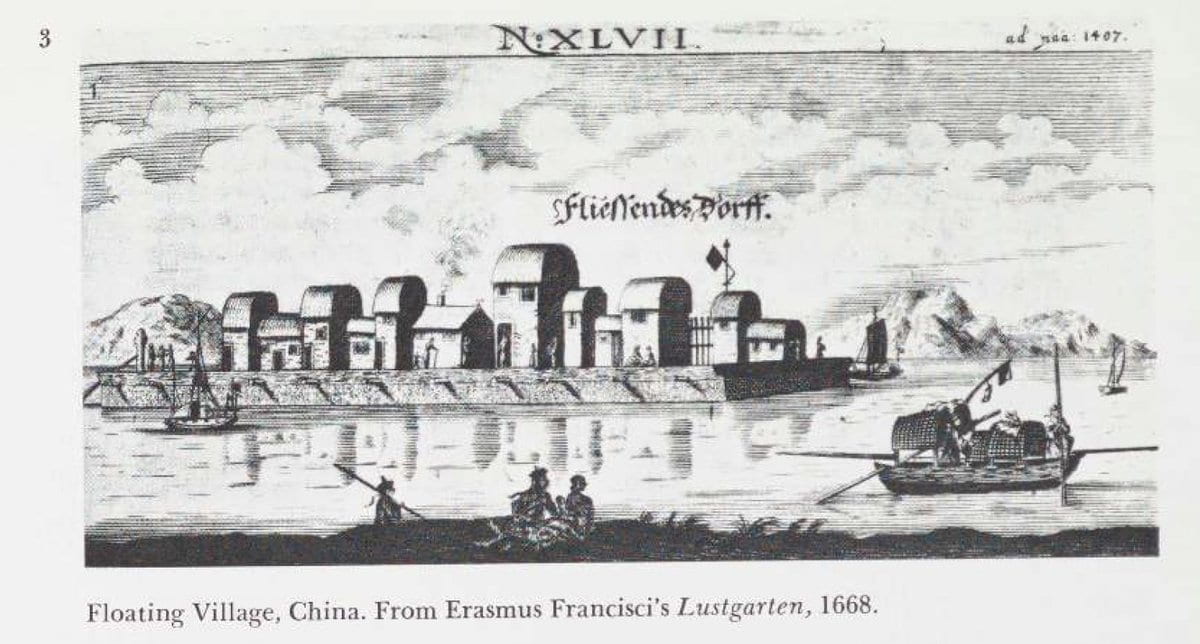
Across the landscape of this image one can identify three distinct spaces determining a different lifestyle each. The first one is the land across the bottom of the page indicating some kind of outdoor activity taking place without the presence of any architecture, further up a space of movement presents itself as a boat designed to hold humans through their travel and lastly a whole infrastructure for a group of people exists beyond the water on the edge of a land. The order in which one sees these spaces from bottom to top showcases how architecture allows the start of certain activities for humans and how many of them it enables to participate therefore creating communities. More importantly the picture informs that those interactions within communities exposed to certain conditions creates these three different environments designed by “the spontaneous and continuing activity of a whole people with a common heritage, acting under a community of experience” as Pietro Belluschi would describe communal architecture. These details inform the source of the profession and perhaps defines it in a better sense what architecture is truly about. For reference, another interpretation of this image could revolve around the idea that architecture created a sedentary culture allowing the human to explore cohabitation and survival without travel. The different obstacles present for the different kinds of people in that image help one shape how architecture was defined in all three living conditions creating three branches of architecture based off distinct challenges. Regardless of what those possibilities could be, what this image further informs is that eventually the profession of architecture stems out of the observations one can make while studying the patterns of what is called “vernacular”.
